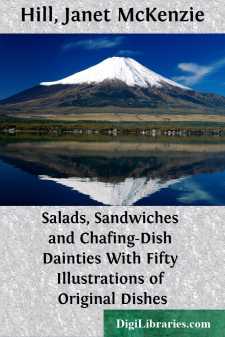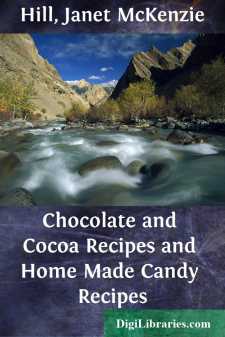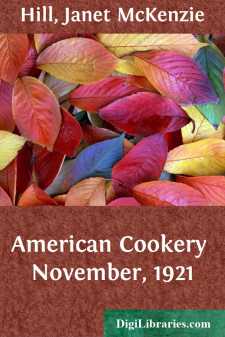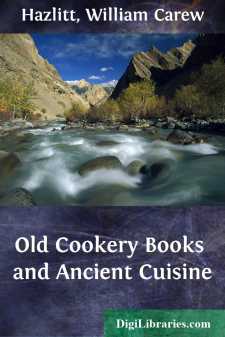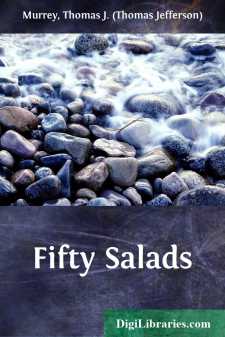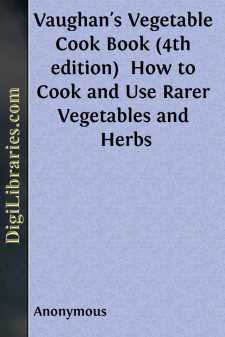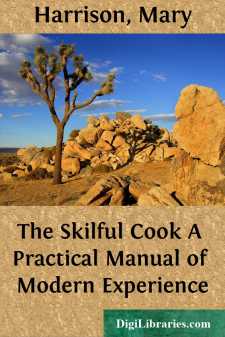Categories
- Antiques & Collectibles 13
- Architecture 36
- Art 48
- Bibles 22
- Biography & Autobiography 813
- Body, Mind & Spirit 142
- Business & Economics 28
- Children's Books 15
- Children's Fiction 12
- Computers 4
- Cooking 94
- Crafts & Hobbies 4
- Drama 346
- Education 46
- Family & Relationships 57
- Fiction 11828
- Games 19
- Gardening 17
- Health & Fitness 34
- History 1377
- House & Home 1
- Humor 147
- Juvenile Fiction 1873
- Juvenile Nonfiction 202
- Language Arts & Disciplines 88
- Law 16
- Literary Collections 686
- Literary Criticism 179
- Mathematics 13
- Medical 41
- Music 40
- Nature 179
- Non-Classifiable 1768
- Performing Arts 7
- Periodicals 1453
- Philosophy 64
- Photography 2
- Poetry 896
- Political Science 203
- Psychology 42
- Reference 154
- Religion 513
- Science 126
- Self-Help 84
- Social Science 81
- Sports & Recreation 34
- Study Aids 3
- Technology & Engineering 59
- Transportation 23
- Travel 463
- True Crime 29
Salads, Sandwiches and Chafing-Dish Dainties With Fifty Illustrations of Original Dishes
Description:
Excerpt
There is positive need of more widespread knowledge of the principles of cookery. Few women know how to cook an egg or boil a potato properly, and the making of the perfect loaf of bread has long been assigned a place among the "lost arts."
By many women cooking is considered, at best, a homely art,—a necessary kind of drudgery; and the composition, if not the consumption, of salads and chafing-dish productions has been restricted, hitherto, chiefly to that half of the race "who cook to please themselves." But, since women have become anxious to compete with men in any and every walk of life, they, too, are desirous of becoming adepts in tossing up an appetizing salad or in stirring a creamy rarebit. And yet neither a pleasing salad, especially if it is to be composed of cooked materials, nor a tempting rarebit can be evolved, save by happy accident, without an accurate knowledge of the fundamental principles that underlie all cookery.
In a book of this nature and scope, the philosophy of heat at different temperatures, as it is applied in cooking, and the more scientific aspects of culinary processes, could not be dwelt upon; but, while we have not overlooked the ABC of the art, our special aim has been to present our topics in such a simple and pleasing form that she who attempts the composition of the dishes described herein will not be satisfied until she has gained a deeper insight into the conditions necessary for success in the pursuit of these as well as other fascinating branches of the culinary art.
Care has been exercised to meet the actual needs of those who wish to cultivate a taste for light, wholesome dishes, or to cater to the vagaries of the most capricious appetites.
There is nothing new under the sun, so no claim is made to absolute originality in contents. In this and all similar works, the matter of necessity must consist, in the main, of old material in a new dress.
Though the introduction to Part III. was originally written for this book, the substance of it was published in the December-January (1898-99) issue of the Boston Cooking-School Magazine. From time to time, also, a few of the recipes, with minor changes, have appeared in that journal.
Illustrations by means of half-tones produced from photographs of actual dishes were first brought out, we think, by The Century Company; in this line, however, both in the number and in the variety of the dishes prepared, the author may justly claim to have done more than any other has yet essayed. The illustrations on these pages were prepared expressly for this work, and the dishes and the photographs of the same were executed under our own hand and eye. That results pleasing to the eye and acceptable to the taste await those who try the confections described in this book is the sincere wish of the author.
JANET M. HILL

